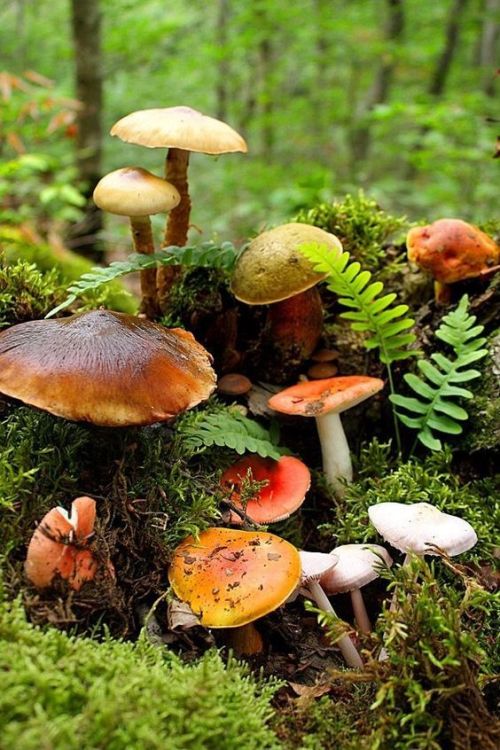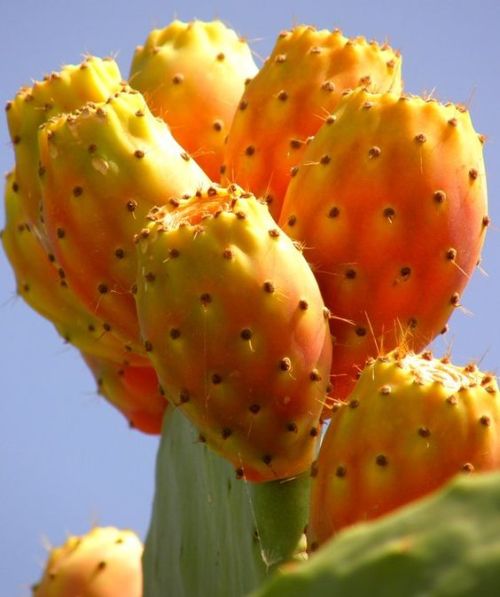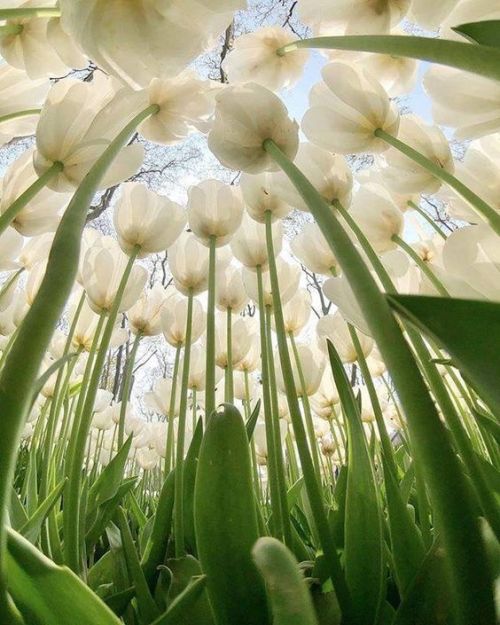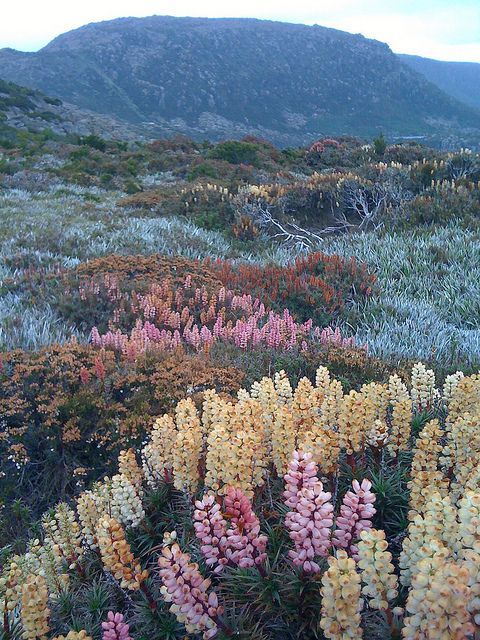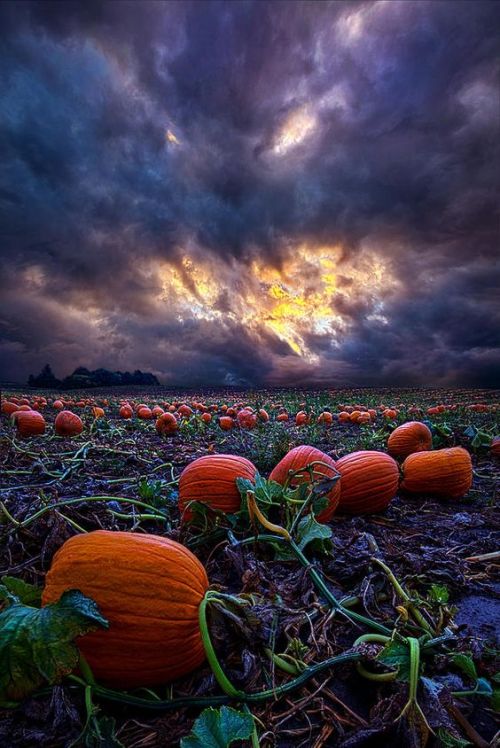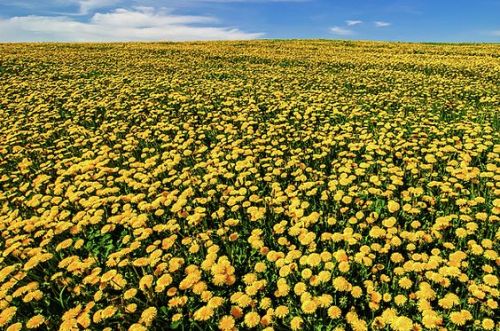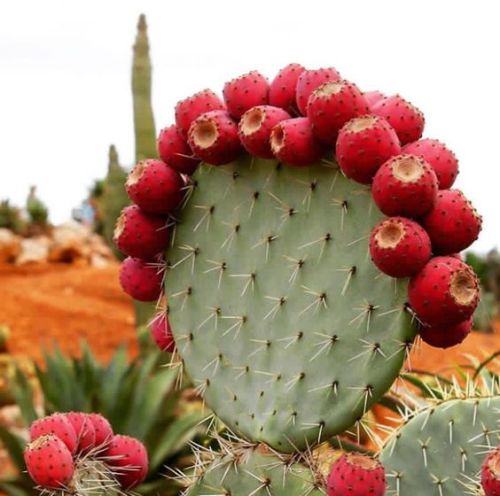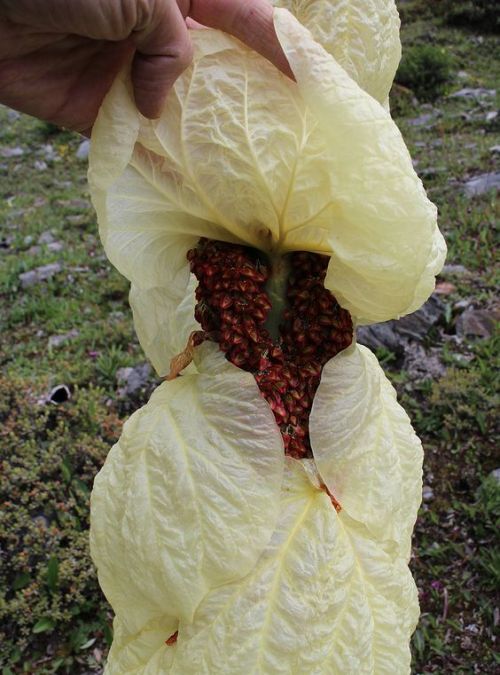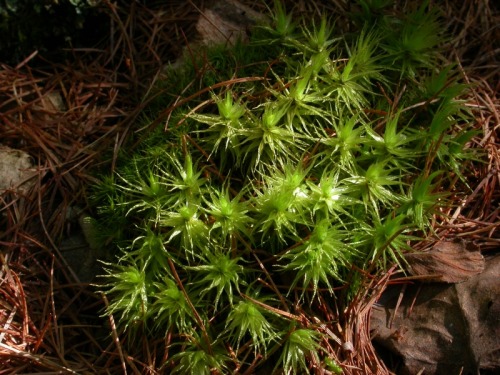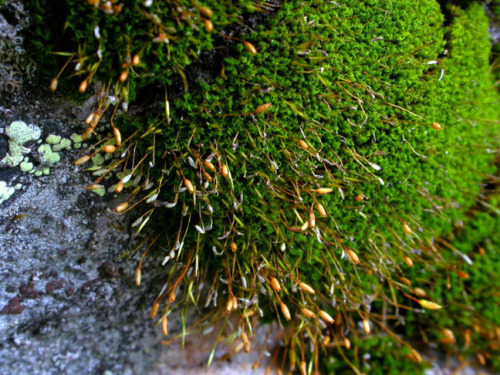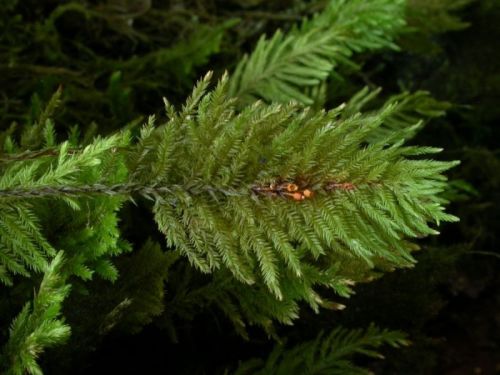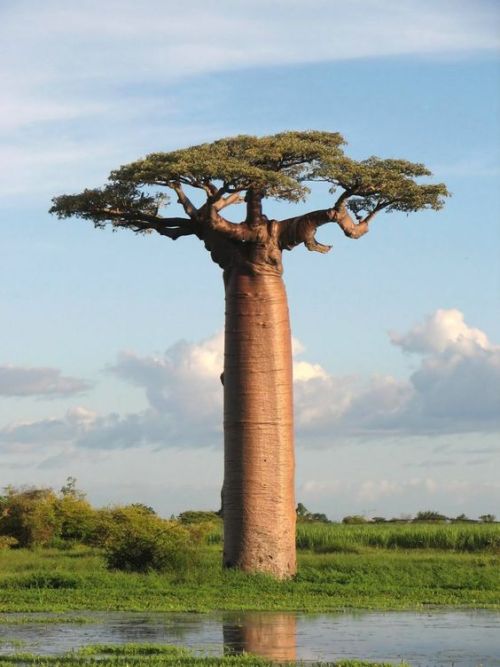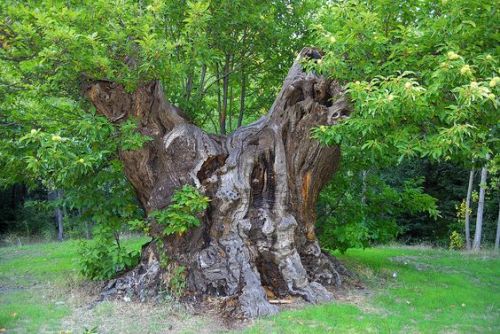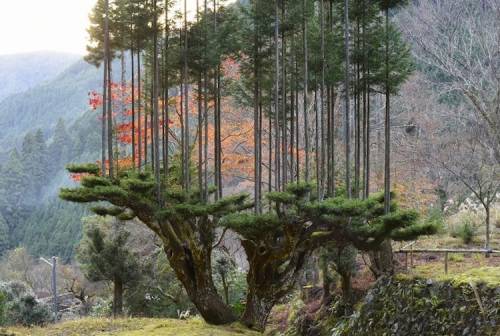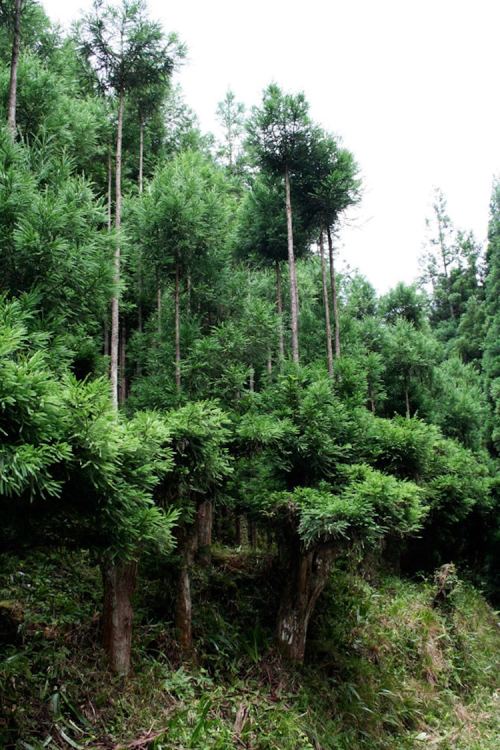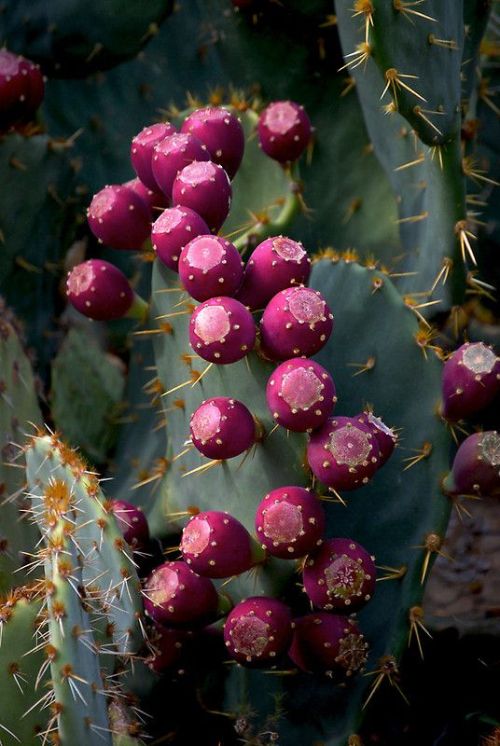#mossfernsandlichen
Guess who’s back

The frog came back!

Just found this green guy on my window…
Cyathus striatus aka Bird’s nest fungus
Belonging to a group of fungi with peculiar cup-shaped fruit bodies, it spreads via egg-shaped spore packages using the power of falling raindrops. While being splashed from the cups, the spores release a sticky thread (funiculus) that helps them cling/glue to the surrounding vegetation. If eaten by herbivores, the spores will survive digestion and be spread even further. Can be found in gardens, parks and woodland, usually in large clusters on mulch or debris.
Post link
Found a turtle in my yard and gave it some mango
Echeveria Sea Dragon by Renee O'Connell
Rheum nobile, aka the Sikkim rhubarb or noble rhubarb, is a giant herbaceous plant native to the Himalaya, from northeastern Afghanistan, east through northern Pakistan and India, Nepal, Sikkim (in India), Bhutan, and Tibet to Myanmar, occurring in the alpine zone at 4000–4800 m altitude.
At 1–2 m tall, it towers above the other shrubs and low herbs in its habitat, and it is visible across valleys a mile away.
R. nobile is often called a glasshouse plant because of its outer curtain of translucent leaves which pass visible light, creating a greenhouse effect, while blocking ultraviolet radiation. These are likely defenses against the increased UV-B exposure and extreme cold in its high altitude range.
Post link
Dendroalsia abietiana: On a tree trunk in the Purisima Creek Redwoods, California; June 6, 2009; By Li Zhang
Post link
Crumia latifolia: On dry, exposed metamorphic rock in Yosemite National Park, California; June 7, 2009; By Li Zhang
Post link
Dry moss coming back to life

